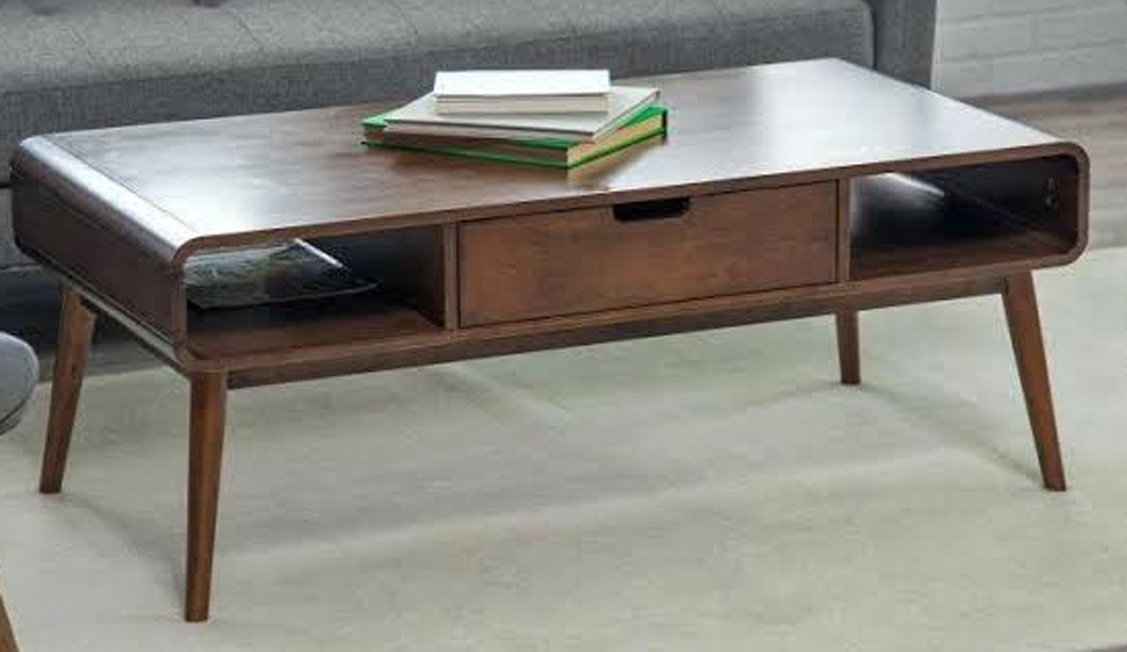Andrew, my take is that it comes down to the design and joinery.
A simple "box" connected with butt joints will work as well with both materials, but I think that ply/MDF-veneer is traditional for this since mechanical joinery (biscuits, dominoes, dowels) is the go. If you planned to use dovetails of some form (through-, half-blind, or full blind/mitred) - not just for strength, but for aesthetics - then obviously it would be necessary to use solid wood.
Further, by "heirloom quality", I take you to mean a piece that could last a few generations. The simple fact is, however, that there is no TV console that will last more than 5 or 6 years since TV design (type and size) are in constant transition. We upgraded 3 years ago to a 55cm OLED - then SOTA - and already it is becoming dated.
I build exclusively in solid woods, excluding laminations for curves. The reason is that I find that veneered work ends up "clinical" and lacking warmth. I like to finish with hand tools, and even when I sand, there are slight undulations that soften the presentation. I build curves into work for this reason. While my pieces are generally my own designs, the recreations I have built of pieces made originally in veneered ply/MDF, and recreated now in solid wood, have quite a different feel to them.
Here is an example. The first is a photo of a piece requested to be built ...

Here is the piece I built ...

I would also argue for hinges used traditionally, such as butt hinges, rather than Euro hinges or their variations. This is my personal bias since I associate the latter with kitchens and not fine furniture.
Regards from Berlin
Derek





 Reply With Quote
Reply With Quote







